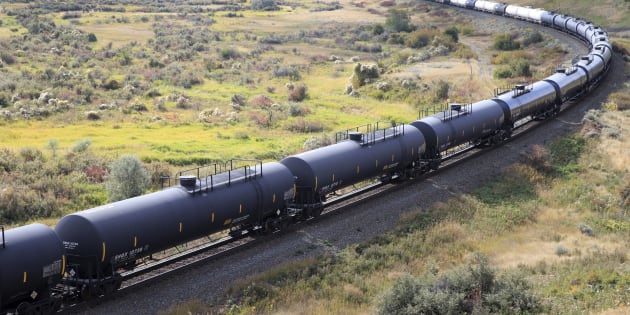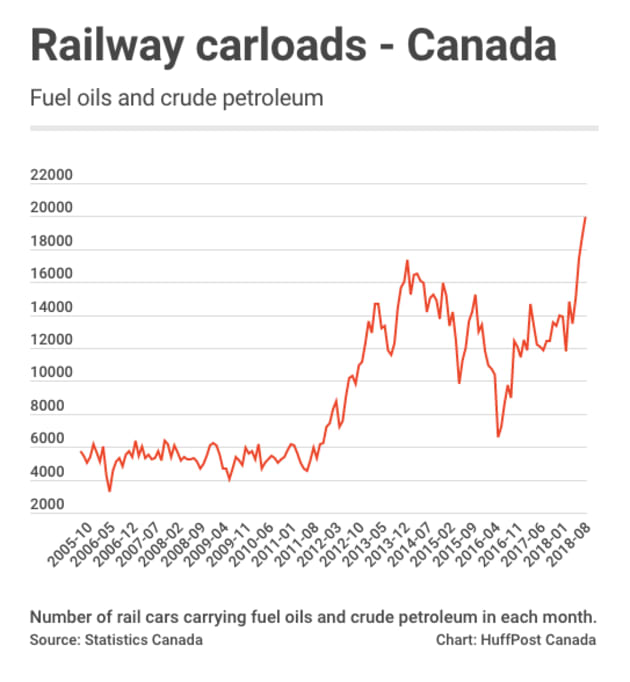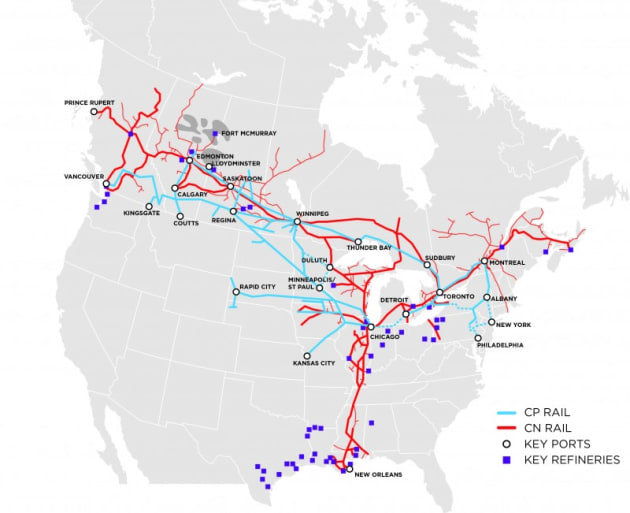Repost from the Sacramento Bee
[Editor: note that Capitol Corridor is upgraded, but other Union Pacific and AMTRAK systems are not yet complete. The railroads continue to drag their heels. – R.S.]
Capitol Corridor passenger trains just got the biggest safety upgrade in a century
By Tony Bizjak, December 26, 2018 03:00 AM Apologies for the ads that precede this video…Two years ago an Amtrak Capitol Corridor passenger train outside Sacramento jolted so violently that passengers thought it would derail.
The engineer had mistakenly sped at double the limit through a track crossover. Coffees, laptops and some bodies went flying. Two people were slightly injured. Ultimately, two train operators were disciplined. But the human-error incident left several passengers saying they wondered if rail officials were really focused on safety.
Now, corridor train officials say, an incident like that is unlikely to happen again.
As of this fall, all trains on the 170-mile Capitol Corridor system have been equipped with a computer system that will take control of the train from the engineer if the engineer fails to heed speed or other warnings.
The system, called Positive Train Control (PTC), gives the engineer an auditory countdown to act if danger looms. If the train is headed toward a curve at too high a speed, for instance, the system will warn the engineer. If the engineer fails to take remedial action in a timely fashion, the computer takes control and stops the train.
Amtrak, which operates the Capitol Corridor line, is one of 41 railroads that have been mandated by the federal government to install the system.
Federal Railroad Administration chief Ronald Batory, speaking recently to Congress, called PTC “the most fundamental change in rail safety technology since the introduction of Automatic Train Control in the 1920s.”
Davis City Councilman Lucas Frerichs, the Capitol Corridor board chairman, said the new system is a major step and statement about the importance of passenger safety.
“PTC is the gold standard of rail safety, and its implementation on the Capitol Corridor fleet that carried a record 1.7 million passengers last year is a huge milestone,” Frerichs said.
The implementation period since October, however, has been suffering from multiple technology glitches. Numerous trains have been delayed because of technical difficulties with the PTC system, Capitol Corridor chief David Kutrosky said.
He said crews have typically been able to correct the problems in a few minutes in most cases, and the number of issues is on the decline.
“With any new technology, it just doesn’t work to full specifications on day one,” Kutrosky said. “You need to work through the systems. We knew there would be some delays. The delays are trending downward.”
Kutrosky said the PTC system has not yet had to step in to take over control of a train.
Capitol Corridor is among the first rail lines in the country to have its system fully up and running.
The federal government first mandated the PTC system for major railroads after a Metrolink passenger train engineer became distracted by text messages on his cell phone, causing the train to go through a red signal and crash head-on into a freight train. The 2008 crash killed 25.
Railroads have been slow to install the system, complaining it is complicated and costly. The federal government has repeatedly extended the deadline for railroads to have the system fully up, tested and running. The initial deadline of 2015 was first extended to the end of 2018, but that deadline, too, was extended for some railroads to 2020.
Union Pacific, the largest rail track owner and freight shipper in Northern California, has informed the federal government it will not be finished getting the system tested and fully operational by the end of this month, and is requesting an extension to 2020.
Although the Capitol Corridor train system has finished its PTC installation and testing, Amtrak overall will not meet the Dec. 31 deadline and has requested an extension to 2020.
Critics, including some members of Congress, say the railroads are dragging their heels and the federal government is complicit in letting them get away with it.
Experts say several recent fatal crashes likely would have been avoided if PTC had been fully in place and operating nationally.
In December of 2017, three people were killed and dozens injured when an Amtrak train in Washington sped at twice the speed limit through a turn and derailed onto Interstate 5. In February, an Amtrak train ran head-on into a freight train in South Carolina, killing two and injuring 100.
The system has limitations, rail officials say. While the computers know what speeds to go, as well as whether the train is on the correct track, the system cannot detect whether a person, car or other object is on the tracks ahead.






You must be logged in to post a comment.